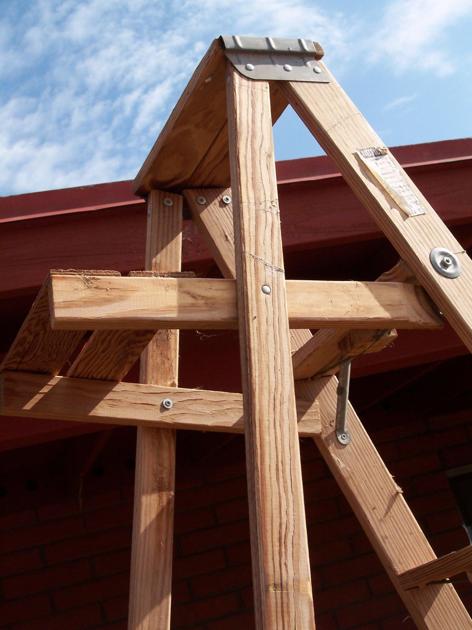We know you're trying to enjoy these final days of summer, but now is the perfect time to tackle any maintenance projects you've yet to complete. On top of making sure your Fayetteville, AR, roof is replaced or repaired if needed, there are plenty of other areas of your home to check before the cold of fall and winter descends on your home. Follow this checklist and you'll ensure your family is protected through the end of the year.
[Read more "Your summer home maintenance checklist" here]
Taken from the article:
"Get your roof in shape – The bright midsummer sunshine is wonderful, but not when you can spy it twinkling merrily through the holes in your roof. Roof holes mean leaks, and leaks mean the looming possibility of serious water damage in your home's near future, not to mention the negative effect that mold and mildew can have on your family's health. So take action now and get your roof in shape – whether that means getting it repaired or, if necessary, replaced – before the cold and snowy season (yes, we're talking winter) comes around once more.

Install energy-saving windows and entry doors – Have brand new energy-saving windows and entry doors installed this summer and you'll reduce your carbon footprint and save on HVAC bills all year round. Obviously, you will find it more comfortable to tackle this type of project in July than in January when your hands will be freezing. Equally important, though, is the fact that installation in warmer temperatures will also permit your caulk to adhere properly, sealing up air leaks and making your new windows or doors even more energy-efficient, in summers and winters to come.
Update your driveway – Is your concrete driveway showing signs of wear, such as cracking, pitting, or spalling? Or don't you have a drive at all? Summer is the ideal time to install or resurface a driveway (not to mention a concrete parking pad, patio, sidewalk, or garden path). Why? Well, concrete needs the right weather conditions to cure properly. (Curing refers to a process of controlling the water content after installation, which strengthens the concrete and avoids cracks due to shrinkage). A stretch of several dry days with the temperature above 50 degrees is just right."
First Posted here: Summer Maintenance Checklist



